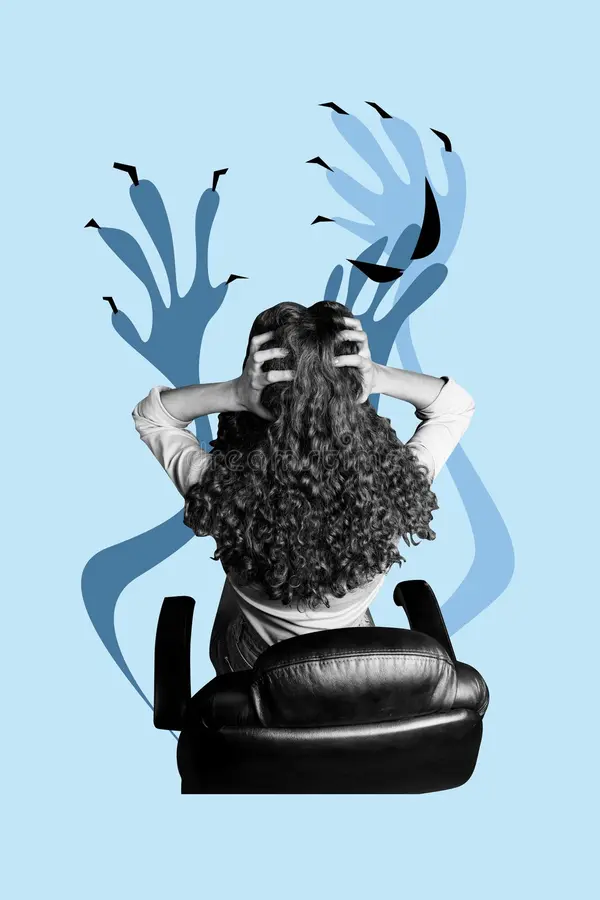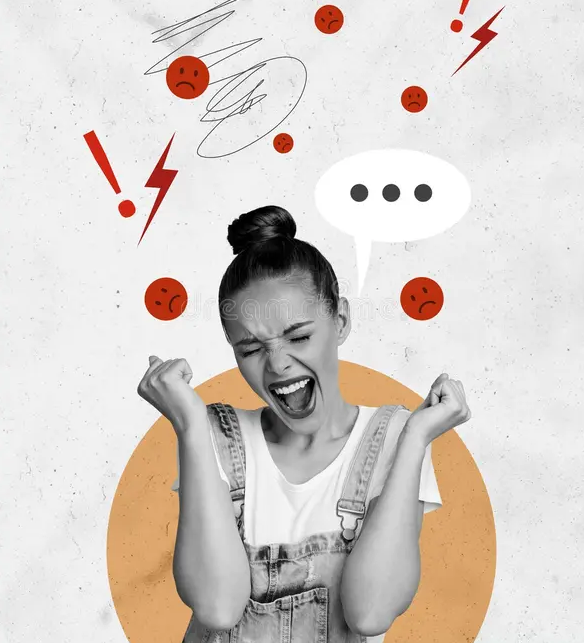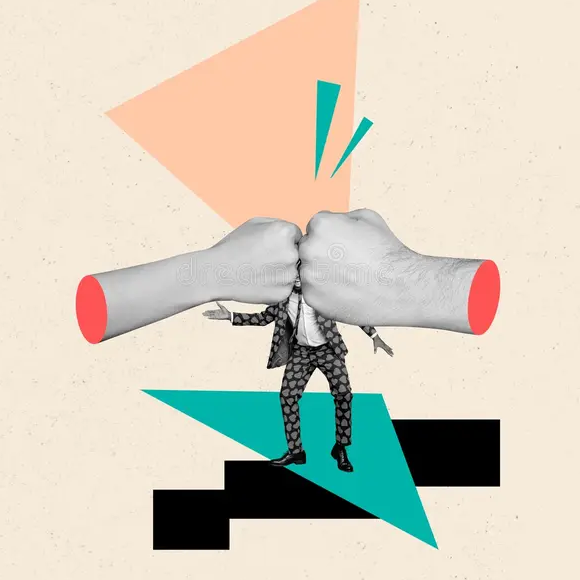Reactive abuse is a misunderstood yet critical concept in conversations about bullying. When victims respond defensively, often after prolonged psychological or emotional provocation, their reactions can be mistaken for mutual aggression.
This page explores the connection between reactive abuse and bullying, including the roles of reactive and proactive aggression, hostile attribution bias, and the long-term emotional effects on those involved.
By understanding these dynamics, we can better support victims, challenge harmful narratives, and promote more effective interventions.

Reactive abuse refers to situations where victims lash out after prolonged psychological manipulation or mistreatment. It is often misrepresented as mutual abuse, overshadowing the power imbalance and the history of provocation.
Reactive abuse is commonly misunderstood, leading to mislabeling victims as aggressors, particularly in relationships or schools with unclear reporting mechanisms.
According to the National Center for Education Statistics (2022), one in five students (19.2%) reports being bullied, with 26.1% of middle schoolers and 14.6% of high schoolers affected.
These numbers indicate that a significant portion of youth navigate complex emotional environments where aggression can become both a response and a learned behavior. Learn more about the different types of bullying.
“Reactive abuse is your fight mode being activated in response to abuse. When you are being abused, you try to defend yourself through lashing out, verbal insults, or even physically. The abuser may even provoke you until you snap. They then use your fight response to further blame you for the hostile relationship and claim they are the victim.”
Emma Rose Byham, Author
A 2004 study found that victims display higher levels of reactive aggression, while bullies exhibit both proactive and reactive forms. This distinction is critical when interpreting behavioral responses in bullying dynamics.

Hostile Attribution Bias (HAB) is a cognitive pattern where individuals interpret ambiguous behavior as hostile. Victims of bullying may develop this bias over time, which leads to increased reactive aggression, even in unclear situations.

To prevent the mischaracterization of reactive abuse and support healthier emotional responses, the following interventions are recommended:
Bullying is often dismissed as a “normal part of growing up,” but the data tells a different story. Behind every statistic is a real person — a student, a child, a friend — who may be struggling in silence. Acknowledging the mental health impact is not just awareness. It’s prevention.
Need help? Visit our Resources page for crisis support, professional referrals, and healing tools.
Reactive abuse occurs when a victim, after enduring repeated psychological or emotional provocation, lashes out defensively. It is often mistaken for mutual abuse, but unlike mutual aggression, the victim’s reaction is typically a response to ongoing harm, not a desire to dominate or control.
According to the National Center for Education Statistics, about 1 in 5 students (19.2%) report being bullied. Middle schoolers experience higher rates (26.1%) compared to high school students (14.6%).
Hostile attribution bias is the tendency to interpret ambiguous behaviors as intentionally hostile. Victims of bullying may develop this bias, making them more likely to respond aggressively in unclear situations—this is called reactive aggression.
Yes. Studies show that both bullying victims and aggressors may carry emotional regulation challenges and aggression patterns into adulthood. Victims tend to retain reactive aggression, while former bullies may display both proactive and reactive behaviors long-term.